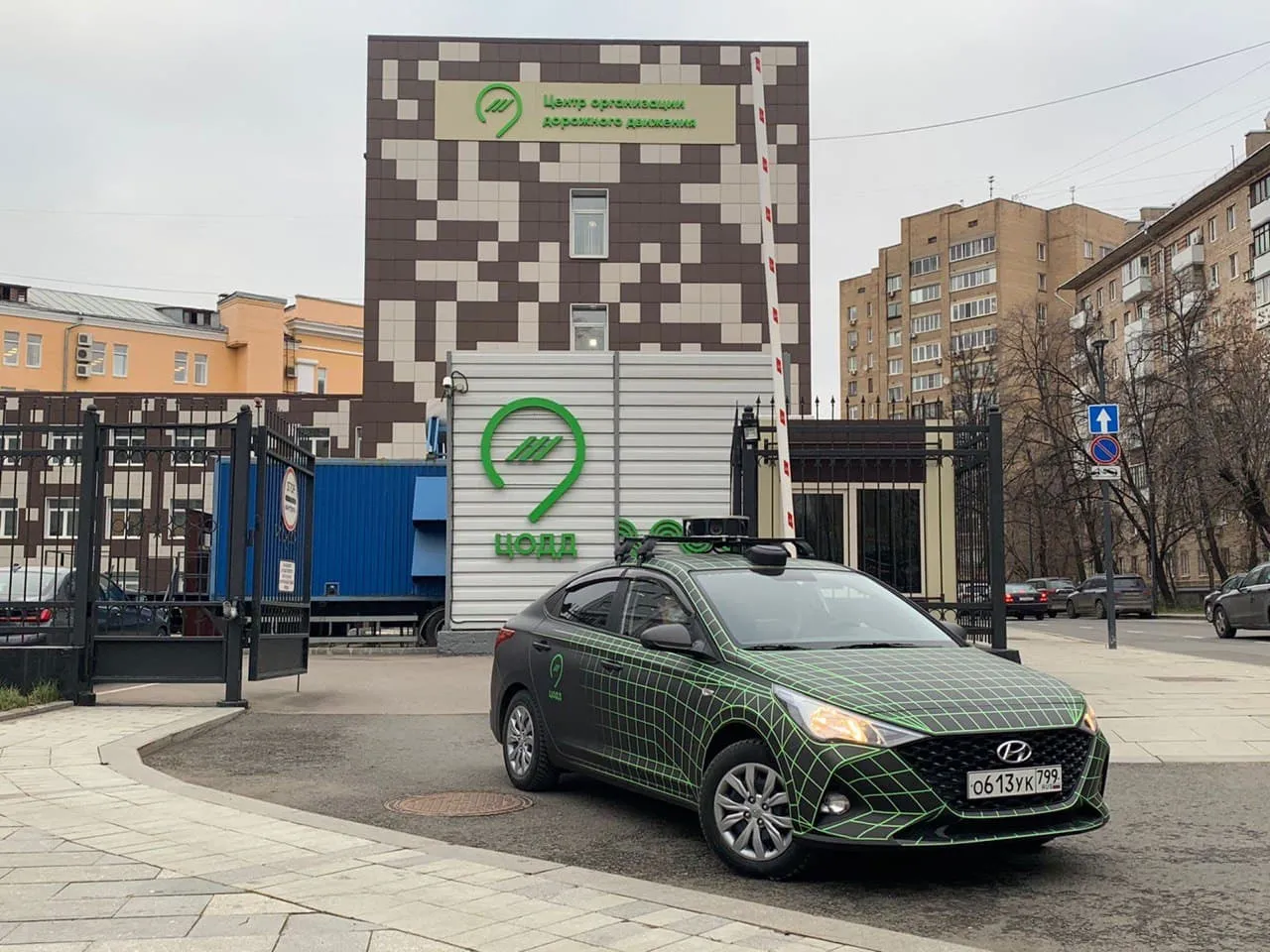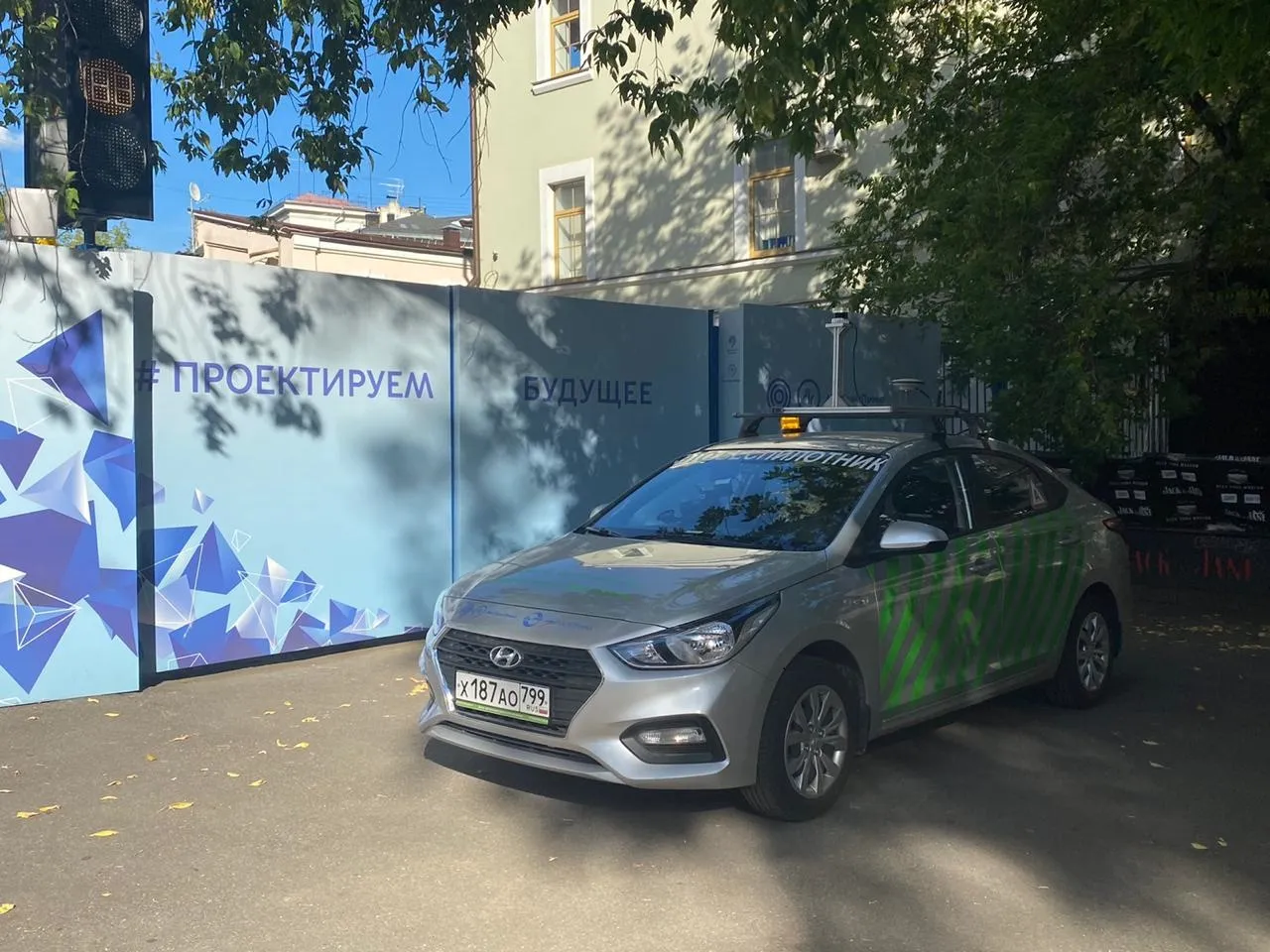
Ordnance Survey (OS) has published trends showing how its geospatial data has been used to identify accessible locations where electric vehicle (EV) charge points can be installed.
OS says demand for EV charging points will grow in residential areas, motorways, car parks and remote communities.
According to OS, the provision for large scale charging facilities required for electric fleets requires considered mapping, integrating location with access to the grid.
In a UK study, the Department for Transport worked with the University of Exeter to estimate the proportion of properties in a test area that can accommodate private EV charge points powered via the household electricity supply.
This initiative combined geospatial data from OS with other datasets and developed an algorithm which could be used to classify residential dwellings as potential locations for private EV charge points.
To the future, OS states that alternative fuels and digital solutions will determine a new era of transport with autonomous vehicles on roads and new road infrastructure.
The company predicts autonomous and individually-owned aircraft may be more common in airspaces – decreasing the need for land transport and preserving natural land habitats.
Such transport will rely on geospatial data combined with other big data to navigate roads and airways and to reduce collisions by real-time positioning intelligence, OS adds.
In a separate trend, OS explains that new and faster mapping techniques are addressing rapid urbanisation in a sustainable way.
The company insists that implementing a sustainable infrastructure of roads is not possible without reliable geospatial data, which provides a single source of environmental information to allow fast decision-making by governments and policymakers.
The World Bank estimates that 54% of Sub Saharan African urban dwellers are living in “informal settlements” that lack the infrastructure required to support sustainable and liveable urban environments.
In response to these challenges, OS partnered with the International Growth Centre and the Commonwealth Association of Architects to create an automated digital base map of Lusaka, Zambia.
OS created a base map across 420km2 of Lusaka using aerial imagery provided by the Zambia Survey Department in the Ministry of Lands and Natural Resources.
The company claims these digital base maps create an important resource for policymakers and planners in the development of evidence-based environmental solutions.
Looking ahead, OS points out that the UN is urging countries to commit to enhancing inclusive and sustainable urbanisation by 2030 as part of its Sustainable Development Goals.
OS mapping data can help identify the location of transport infrastructure surrounding formal and informal neighbourhoods as well as access to electricity and clean drinking water.










